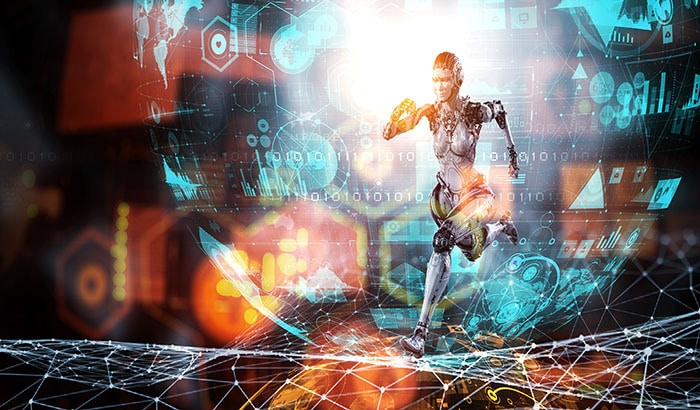In today’s blog, we’re breaking down two common forms of modern animation: rotoscoping and motion capture.
The modern digital world demands modern digital marketing. One of the very best, though commonly misunderstood, genres is the realm of animation. Animation provides you with the unlimited creativity that you can’t find anywhere else; however, it does take skill to produce animation that is attractive and effective. Let’s explore the benefits of modern animation.
Rotoscoping
This technique was used to develop early forms of animation in the late 1800s, and versions of it are still used today. Rotoscoping technique takes live action footage and uses it to trace frame-by-frame. The tracings are then used together to make an animation that can overlay the motion picture.
The effects of rotoscoping are nearly endless. Rotoscoping can help draw a realistic motion to the gallop of a cartoon horse or add a special effect to a motion picture. Instead of drawing a frame-by-frame animation of a dancing character, animators can take footage of a dancer’s choreography and then trace each frame for an animated version with unlimited options for character, color, shape, size, and setting.
One classic example is the glowing effect seen in the famed lightsabers of the Star Wars Universe. The prop is used as a “matte,” or target which is then rotoscoped to add color and glowing definition directly on top of the motion picture footage.
Motion Capture
A more sophisticated form of rotoscoping that relies on computerized movements and special effects is known as motion capture. Motion capture uses the essence of rotoscoping, in that it takes live-action and uses it as the foundation for an animated picture. Instead of being traced by animators, motion capture uses specialized technology to capture multiple points of motion and then reproduce them digitally.
Have you ever seen an athlete or dancer in front of a green screen with what looks like 20-40 ping pong balls attached to various points of their body? This is motion capture. The camera captures the movement and positioning of each focal point and then maps it into a computer generated (CG) animation platform.
Motion capture is commonly used in movies with lots of CGI (computer generated imagery) and most notably in video games. The natural motion of a fighter, animal, or other skilled protagonist can be captured and then enhanced with animation to create unlimited motion picture realities. A great example of motion capture is the work of actor Andy Serkis as Gollum in the Lord of the Rings movie trilogy—his movements and facial features were captured and then digitally constructed to form the creature Gollum.
Animation by REVITY Marketing Agency
Which of these is right for your animation needs? It depends. Rotoscoping is much more simple and accessible, while limited in application. Motion capture can create nearly anything, but specialized equipment, software, and skill is required.
If you’re ready to experiment with rotoscoping and motion capture, for your business, start with our Hollywood-experienced animator at Revity. See what we can do for you today.


































